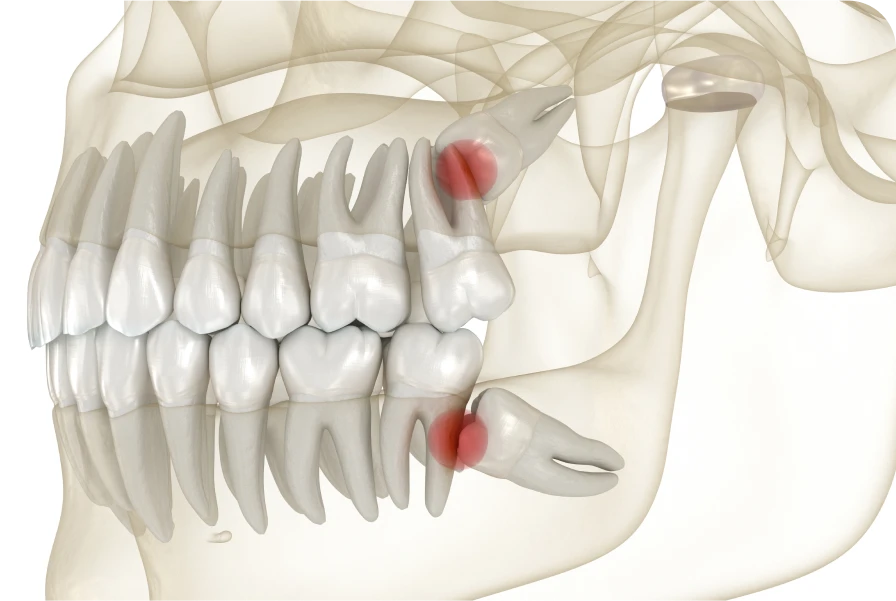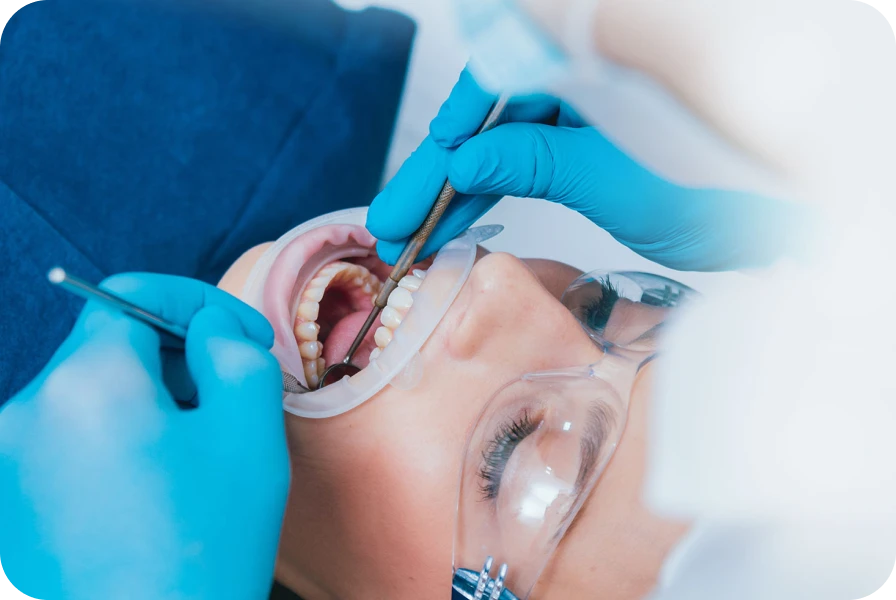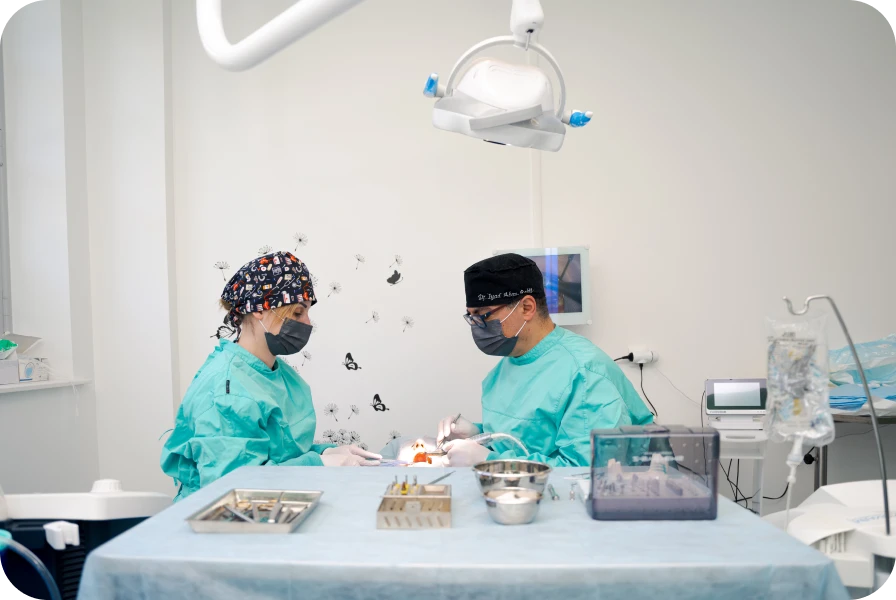Dental Extraction
Dental extraction is a common procedure in dentistry. This process involves removing a tooth from its socket in the bone. Often, it is necessary to address dental problems such as advanced decay, infections, or dental overcrowding. In some cases, a tooth is removed to prepare the mouth for other treatments, such as orthodontics.
Why is a Dental Extraction Necessary?
There are several reasons why a dental extraction may be necessary. Severe decay that cannot be treated with a simple filling often requires tooth removal. Furthermore, if a dental infection reaches the pulp, located at the center of the tooth, extraction may be the best solution. Wisdom tooth extraction is often recommended to prevent future problems such as impaction or infection.
When to Consider a Dental Extraction?
Dental extraction may be considered for various reasons. Identifying these reasons helps to better understand the importance of this procedure.
- When a tooth is damaged, several causes can explain it: advanced decay, trauma, or infection. If a filling or crown is not sufficient to repair it, extraction should be considered the best solution. It is essential not to wait for the infection to spread.

- Preparing the mouth for orthodontic treatment: In some cases, teeth may be too numerous or too large for the jaw. Dentists recommend extraction to create space and facilitate the alignment of other teeth. This process is often used before placing orthodontic appliances.
- A poorly positioned wisdom tooth: Wisdom teeth often align incorrectly or lack space to erupt properly. This can lead to pain, infections, or damage to adjacent teeth. In this case, extraction is generally recommended to avoid these complications.
What to Do before a Dental Extraction?
Before proceeding with a dental extraction, it is crucial to follow certain steps to ensure the smooth progress of the procedure. First, schedule an appointment with your dentist for a thorough consultation. During this consultation, your dentist will examine your mouth and take X-rays to assess the situation. Follow your dentist’s instructions regarding medication intake or fasting before the procedure.
How is a Dental Extraction Performed?
Tooth extraction may seem daunting, but in reality, the procedure is quick and generally painless, thanks to local anesthesia.
Local Anesthesia to Minimize Pain
The extraction begins with the administration of local anesthesia. This numbs the area around the tooth to be extracted, making the procedure painless. You will only feel pressure sensations during the process.


The Actual Tooth Extraction
Once the area is anesthetized, the dentist uses instruments to dislodge the tooth. This can be a simple extraction, when the tooth is visible, or a surgical extraction, if it is still under the gum. In the latter case, a small incision is sometimes necessary.
Immediate Care after Extraction
Once the tooth is removed, sterile compresses are placed to control bleeding. It is important to bite gently on them for a period to promote blood clot formation, which is essential for proper healing.
Post-Operative Care after a Dental Extraction
Care after a dental extraction is crucial to prevent complications and promote rapid healing. Here are the main steps to follow to ensure your mouth heals properly.
Managing Pain and Swelling
Pain and swelling are normal reactions after a dental extraction. To alleviate them, apply a cold compress to your cheek at regular intervals. Take the analgesics prescribed by your dentist as instructed. Avoid taking non-steroidal anti-inflammatory drugs if your dentist has advised against it, as they can delay blood clot formation.
Oral Care
Keep your mouth clean by avoiding brushing the extraction area for the first 24 hours. After this period, resume gentle brushing, but avoid the affected area. Use an antiseptic mouthwash prescribed by your dentist to prevent infections. Do not smoke and avoid hard or crunchy foods that could irritate the area.
What to Do in Case of Complications?
If you observe signs of infection, such as fever, chills, or intense pain that does not improve, contact your dentist immediately. The most common complications include dry socket, which occurs when the blood clot dissolves too early. In this case, your dentist will need to clean the area and apply a medicated dressing.
When to Contact your Dentist after a Dental Extraction
Even if the majority of extractions proceed without issues, it is important to know when to consult your dentist again in case of complications.
- Persistent bleeding: Slight bleeding is normal after the extraction. If the bleeding persists after several hours or becomes heavy, contact your dentist.
- Excessive pain: Post-operative pain is usually well controlled with analgesics. If you experience intense pain that does not subside or worsens after a few days, it is important to seek prompt consultation.
- Signs of infection: Signs of infection include significant swelling, fever, or unusual discharge. If you present any of these symptoms, contact your dentist immediately for appropriate treatment.

Anticipating and Preventing Dental Extraction
It is always preferable to anticipate dental problems to avoid unnecessary extractions. This involves good oral hygiene and regular visits to the dentist.
Brush your Teeth Daily
Regular tooth brushing is one of the best ways to prevent dental problems that can lead to an extraction. Use a soft-bristled toothbrush and appropriate toothpaste to clean all tooth surfaces.
Consult your Dentist Regularly
Regular dental visits allow for the timely detection of dental problems, such as cavities or infections. This helps you avoid extractions by intervening promptly.
Limit Sugar Consumption
Sugar is one of the main causes of cavities. Limit your consumption of sugary foods and ensure you brush your teeth thoroughly after consuming sweets. This helps reduce the risk of future dental extractions.
